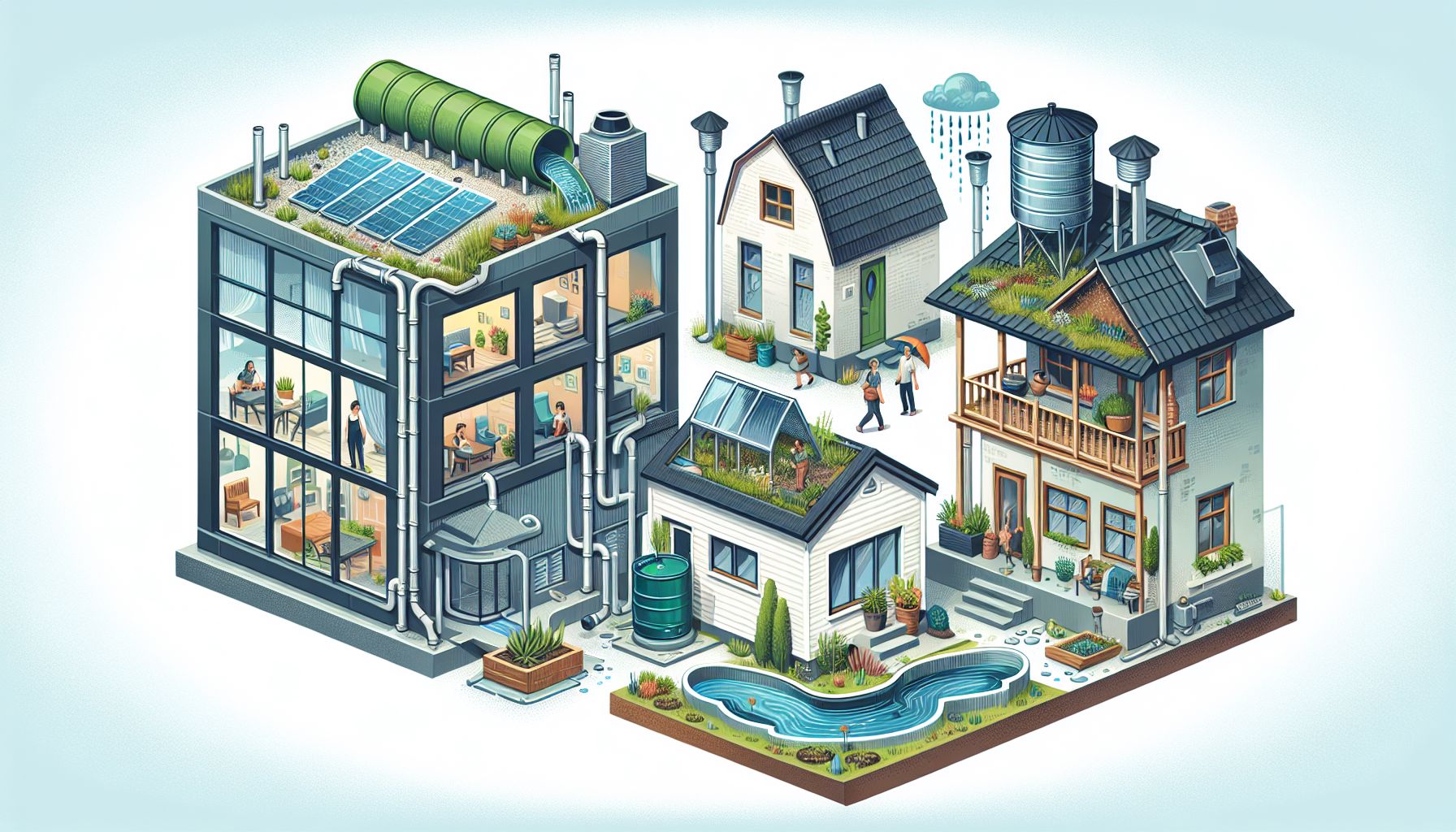Rainwater harvesting is a sustainable practice that has been gaining popularity in recent years as a way to conserve water and reduce reliance on municipal water sources. Urban households, in particular, can benefit from rainwater harvesting systems to supplement their water needs and reduce their environmental impact. In this article, we will explore the various techniques and benefits of rainwater harvesting for urban households.
What is rainwater harvesting?
Rainwater harvesting is the collection and storage of rainwater for later use. This can be done through simple systems such as rain barrels or more complex systems that involve harvesting rainwater from rooftops and directing it to storage tanks. The collected rainwater can then be used for various purposes such as watering gardens, flushing toilets, or even for drinking after proper treatment.
Benefits of rainwater harvesting for urban households
-
Water conservation: By harvesting rainwater, urban households can reduce their reliance on municipal water sources, which can help in conserving water during droughts or water shortages.
-
Cost savings: Using rainwater for tasks such as watering gardens or flushing toilets can help reduce water bills, saving households money in the long run.
-
Reduced runoff: Harvesting rainwater can also help reduce stormwater runoff, which can contribute to flooding and erosion in urban areas.
-
Environmentally friendly: Rainwater harvesting is a sustainable practice that helps reduce the demand for treated water and lessens the strain on water sources.
Techniques for rainwater harvesting in urban households
There are various techniques for rainwater harvesting that urban households can implement to collect and store rainwater efficiently. Some of the common techniques include:
-
Rain barrels: Rain barrels are simple containers that collect rainwater from downspouts and store it for later use. They can be placed under gutters or downspouts to capture rainwater from rooftops.
-
Rainwater tanks: Larger rainwater tanks can be installed to collect and store rainwater from rooftops. These tanks can be placed above or below ground and connected to the household’s plumbing system for various uses.
-
Green roofs: Green roofs are roofs that are covered in vegetation and soil, which can absorb rainwater and reduce runoff. The collected rainwater can then be used for irrigation or other purposes.
-
Pervious pavement: Pervious pavement is a permeable surface that allows rainwater to seep through and be collected in underground storage tanks. This technique can help reduce flooding and recharge groundwater.
Case study: Singapore’s rainwater harvesting system
Singapore is a city-state known for its innovative water management practices, including rainwater harvesting. The country has implemented a comprehensive rainwater harvesting system that collects rainwater from rooftops and directs it to storage tanks for various uses.
According to Singapore’s Public Utilities Board (PUB), the rainwater harvesting system has helped reduce the demand for treated water and alleviate pressure on water sources. The collected rainwater is treated and used for non-potable purposes such as irrigation, flushing toilets, and cooling systems in buildings.
Conclusion
Rainwater harvesting is a sustainable practice that urban households can adopt to reduce water consumption, save money, and lessen their environmental impact. By implementing simple techniques such as rain barrels or more complex systems like rainwater tanks, urban households can take a step towards sustainable water management and conservation.
Remember, every drop of rainwater saved is a drop of water conserved for future generations. Embracing rainwater harvesting in urban areas can contribute to a more sustainable and water-efficient future for all.
